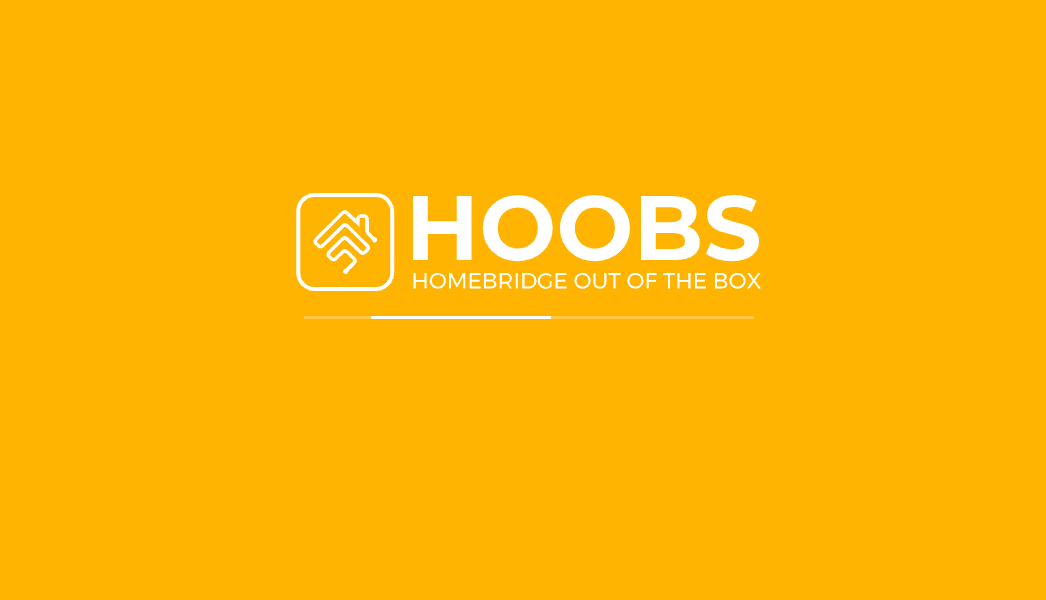HOOBS out of the box system, or HOOBS for short, is a plug and play hub that makes smart accessories compatible with your favorite ecosystem. Whether you prefer Apple Homekit, Google Home, or Amazon Alexa, you’re unlikely to find compatible accessories and services that all work together nicely under one roof.

Smart devices are great but most of the devices require an independent app and the focus is rarely on collaboration but more about keeping you the end-user in their own walled garden. So what do you do as your collection of smart devices grows and you have Insteon, Ring, Ecobee, Arlo, vPro, and iRobot running on the same system? Hopefully, they all work with Apple Homekit or Google Home but odds are good they are limiting access inside their walls as well. Enter Homebridge or in this case, HOOBS running on a Raspberry Pi or as a standalone device.
All you need is a Raspberry Pi kit (including a case, power supply, and SD card) and a download of the latest version of HOOBS. Be nice and send them $7 that is more than a bargain for the “free” download. If you want to take a short cut they also sell the unit with no assembly required for $199 $169. I don’t think there is anything particularly different or special with this vs. the Raspberry Pi route so go with your level of comfort putting together hardware or the amount you’d like to spend.
Installation is pretty simple and after downloading I used Raspberry Pi Imager to flash the card and the system was up and running in minutes. The initial setup was straightforward adding the device to the house WiFi and then adding devices to the unit through a computer browser.
The system does require downloading and sometimes configuring plugins. Two I needed were for Ring and Insteon devices. The Ring system was easy to install and configure – it did require a little extra work using the terminal to get the Refresh Token but nothing more than following a few directions. The Insteon system was a little more involved requiring some hand coding for each device to configure. I read the documentation and that got me started but I had a really hard time finding an example of how to write the proper JSON context to make things work. Fortunately, I found a couple of examples on Reddit and was able to able to pull something together that worked after a few tries. It took a little bit to get the configuration for the garage door to work right and understand when the door was open vs. closed. I pasted some sample code at the bottom that would have been helpful for me to have had when I started.
So what does the finished product look like in Apple Home?

All devices are easily configurable and you can create simple ‘scenes’ to make multiple devices in a room come on at once and/or come on at multiple levels. So Bonus Room Lights turn on all the lights in the room and Bonus Room Movie sets the lights to a good level for watching a movie with the same lights, lamps, and ceiling fan. I highly recommend the system and with the notes below for the Insteon system, your install may even take a lot less time than mine.
Platform Insteonlocal Configuration Example
{
"platform": "InsteonLocal",
"name": "Insteon Local Platform",
"user": "Username",
"pass": "Password",
"host": "XXX.XXX.XXX.XXX",
"port": "25105",
"model": "2245",
"refresh": "0",
"server_port": "3000",
"keepAlive": "3600",
"devices": [
{
"name": "Office Lamps",
"deviceID": "XX.XX.XX",
"groupID": "1",
"dimmable": "yes",
"deviceType": "dimmer"
},
{
"name": "Garage Door",
"deviceID": "XX.XX.XX",
"groupID": "2",
"dimmable": "no",
"deviceType": "iolinc",
"gdo_delay": "20",
"invert_sensor": "false"
}
]
}

